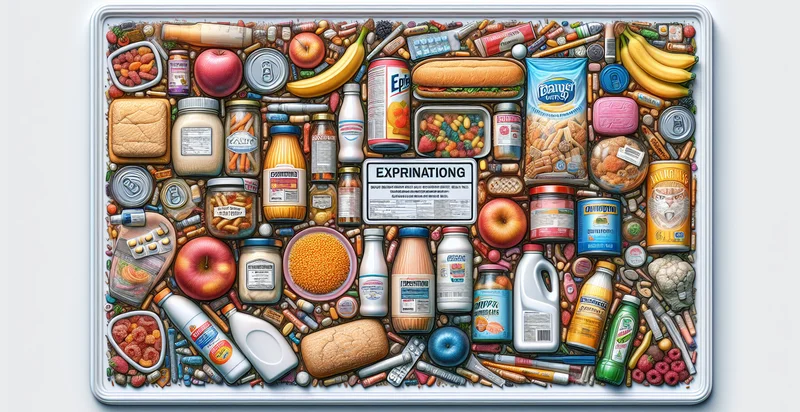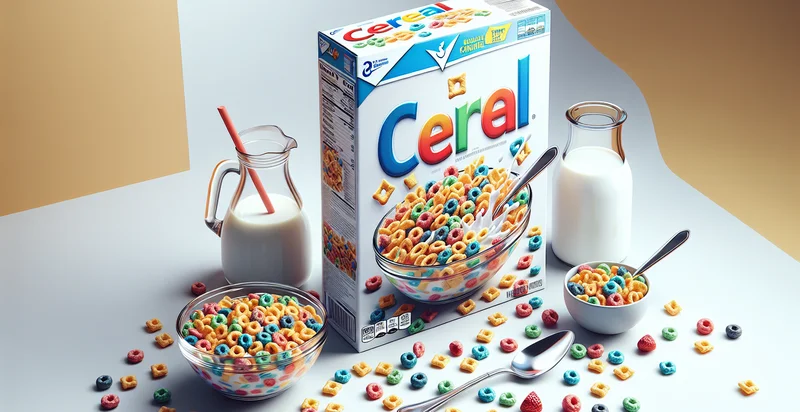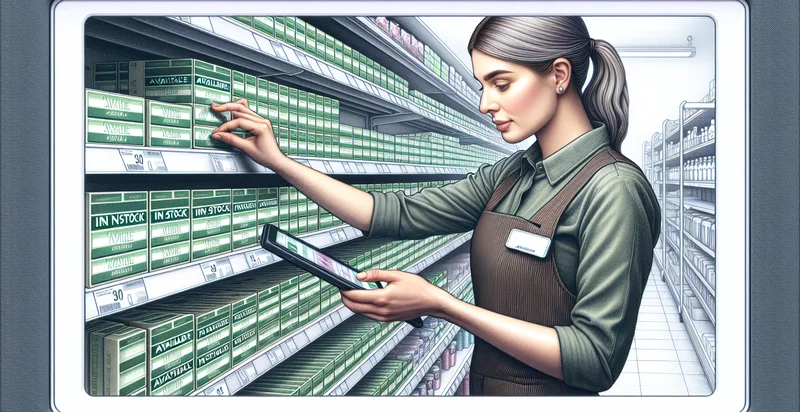Identify if item is perishable
using AI
Below is a free classifier to identify if item is perishable. Just upload your image, and our AI will predict if the item is perishable - in just seconds.

Contact us for API access
Or, use Nyckel to build highly-accurate custom classifiers in just minutes. No PhD required.
Get started
import nyckel
credentials = nyckel.Credentials("YOUR_CLIENT_ID", "YOUR_CLIENT_SECRET")
nyckel.invoke("if-item-is-perishable", "your_image_url", credentials)
fetch('https://www.nyckel.com/v1/functions/if-item-is-perishable/invoke', {
method: 'POST',
headers: {
'Authorization': 'Bearer ' + 'YOUR_BEARER_TOKEN',
'Content-Type': 'application/json',
},
body: JSON.stringify(
{"data": "your_image_url"}
)
})
.then(response => response.json())
.then(data => console.log(data));
curl -X POST \
-H "Content-Type: application/json" \
-H "Authorization: Bearer YOUR_BEARER_TOKEN" \
-d '{"data": "your_image_url"}' \
https://www.nyckel.com/v1/functions/if-item-is-perishable/invoke
How this classifier works
To start, upload your image. Our AI tool will then predict if the item is perishable.
This pretrained image model uses a Nyckel-created dataset and has 2 labels, including Non Perishable and Perishable.
We'll also show a confidence score (the higher the number, the more confident the AI model is around if the item is perishable).
Whether you're just curious or building if item is perishable detection into your application, we hope our classifier proves helpful.
Related Classifiers
Need to identify if item is perishable at scale?
Get API or Zapier access to this classifier for free. It's perfect for:
- Inventory Management: This use case involves leveraging the perishable item identifier to manage stock in warehouses and retail stores. By accurately identifying perishable items, businesses can implement effective inventory rotation strategies, ensuring that older stock is sold before it spoils, thereby reducing waste and maximizing profits.
- Supply Chain Optimization: The perishable item identifier can enhance supply chain logistics by ensuring that perishable goods are prioritized during transportation. This can lead to improved delivery scheduling and tracking, minimizing delays and maintaining product quality throughout the supply chain.
- Food Safety Compliance: Businesses in the food industry can utilize this identifier to ensure compliance with safety regulations. By identifying perishable items, companies can monitor expiration dates and implement stricter quality control measures, thus reducing the risk of foodborne illnesses and potential legal issues.
- Dynamic Pricing Strategies: Retailers can use the perishable item identifier to implement dynamic pricing strategies for items nearing expiration. By adjusting prices based on perishability, businesses can encourage quick sales and minimize losses from unsold perishable inventory.
- Waste Reduction Initiatives: Organizations can implement sustainability programs focused on minimizing food waste by identifying perishable items. This can involve partnerships with local charities or food banks to donate surplus perishables, thereby positively impacting the community and enhancing brand reputation.
- Consumer Education: The identifier can be integrated into consumer-facing applications to educate customers on the shelf life of perishable items. By providing information on optimal storage conditions and usage timelines, businesses can empower customers to make informed decisions, leading to better food utilization at home.
- Smart Shopping Carts: The perishable item identifier can be used in smart shopping carts equipped with AI technology. By automatically identifying perishables in a shopper's cart, these smart carts can suggest optimal purchase quantities and highlight items nearing expiration, thereby enhancing the shopping experience and reducing food waste.


